1. W. S. Yang, W. Kil, B. R. Moon, H. B. Nam, and N. H. Kang, Tensile and Microstructural Behaviors of Austenitic Stainless Steel GTA Welds for Cryogenic Application,
J. Weld. Join. 38(4) (2020) 400ŌĆō408.
https://doi.org/10.5781/JWJ.2020.38.4.10
[CROSSREF] 2. J. W. Kim, Y. J. Kim, J. Y. Jo, T. G. Yeo, Y. H. Kim, E. Y. Ha, K. H. Cho, C. Y. Park, and C. M. Pyo, Experimental Study of FCAW Process with STS316L Material for Liquified Hydrogen Tank (PART I :Research on Wedling Conditions),
J. Korean Soc. Mech. Technol. 25(2) (2022) 176ŌĆō182.
https://doi.org/10.17958/ksmt.25.2.202304.176
[CROSSREF] 4. S. K. Hwang, Hydrogen Charging Characteristics of Austenitic Stainless Steels for the Storage Vessel of Liquid Hydrogen, Ph. D. eng., Dongeui University, Busan, Korea. (2017) 165
9. K. M. Moon, K. H. Lee, and J. G. Kim, An Electro- chemical Evaluation on Corrosion Properties of Welding Zone of Stainless Steel by GTAW,
J. Advan. Mar. Engine. Technol. 34(5) (2010) 678ŌĆō685.
[CROSSREF] 10. S. C. Hwang, A Study on the Laser Welding Optimum Conditions of STS 304 Thin Sheet, Master Degree, Tech University of korea. (2016) 71
11. S. H. Lee, D. O. Lee, K. S. Park, H. C. Jeon, S. T. Kim, and J. U. Park, Laser Welding Deformation Control of STS 304 Cylindrical Steel Sheet Structure,
J. Weld. Join. 38(6) (2020) 521ŌĆō527.
https://doi.org/10.5781/JWJ.2020.38.6.1
[CROSSREF] 12. Y. W. Mo, Y. T. Yoo, B. H. Shin, and H. J. Shin, Welding Characteristics on Heat input Changing of Laser Dissimilar Metals Welding, Transac. Korean. Soc. Machine Tool. Engine. 15(2) (2006) 51ŌĆō58.
13. K. Y. Bae and T. W. Choi, An Analysis of Thermal Stress and Angular Distortion in Bead-on-Plate Welding Incorporating Constrained Boundary Conditions, J. Korean Weld. Join. Soc. 17(1) (1999) 104ŌĆō115.
15. J. S. Kim and J. W. Kim, Research for Correlation Between Shape of Bead on Plate and Laser Welding Condition of Cyrogenic Materials Part I :High Marganese Steel,
J. Korean Soc. Mech. Technol. 22((4) 1) (2020) 683ŌĆō698.
http://doi.org/10.17958/ksmt.22.4.202008.693
[CROSSREF] 16. J. D. Kim, Comparison of Theoretical Model with Experiment in Bead Shape of Laser Welding, J. Korean Soc. Precis. 11(1) (1994) 201ŌĆō210.
17. J. W. Kim, Bead on Plate Characteristics Study According to Fiber Laser Parameters of ASTM A553M-17 Material for LNG Fueled Tank (Part I :Laser power), J. Korean Soc. Mech. Technol,. 23(4) (2021) 499ŌĆō504.
18. J. W. Kim, J. H. Kim, G. J. Lee, S. W. Kang, and C. W. Ji, A Study on the Correlation between Bead Geometry and Tensile Strength of Single Lap Jointed Dissimilar Combinations through Regression Analysis,
J. Weld. Join. 39(2) (2021) 167ŌĆō173.
[CROSSREF] [PDF] 19. J. W. Kim, Bead on Plate Characteristics Study According to Fiber Laser Parameters of ASTM A553M-17 Material for LNG Fueled Tank (Part II :BOP Speed &Energy Density), J. Korean Soc. Mech. Technol. 23(4) (2021) 574ŌĆō580.







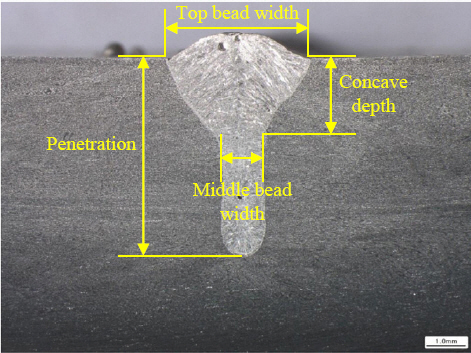
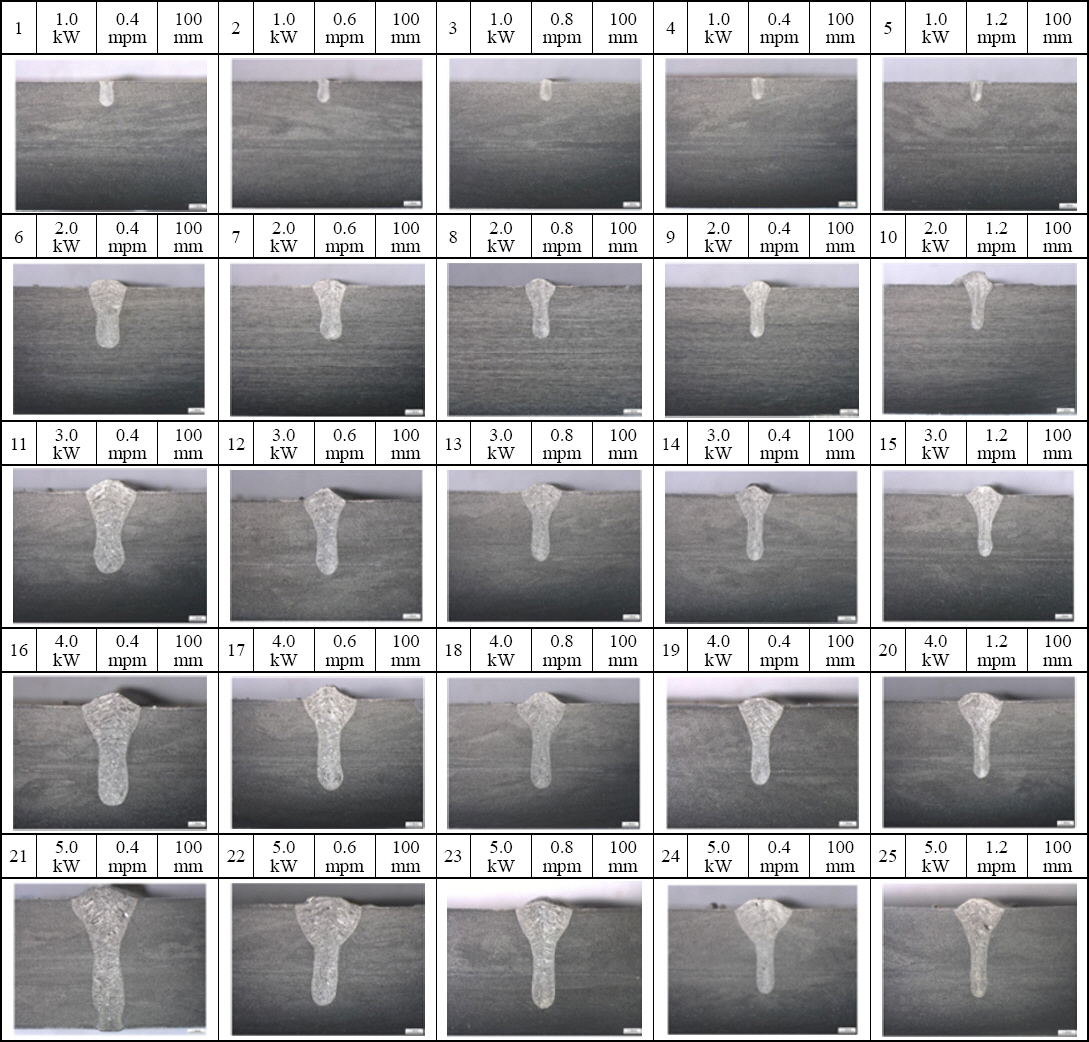





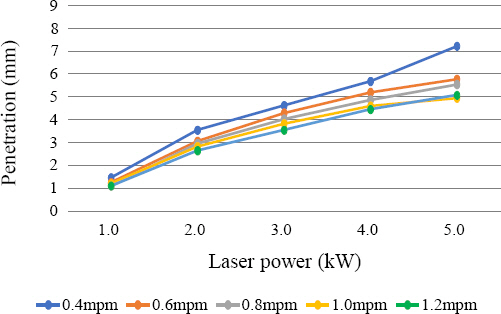
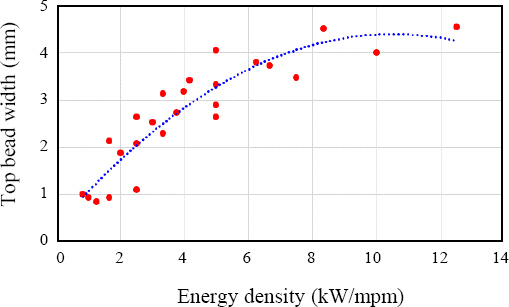
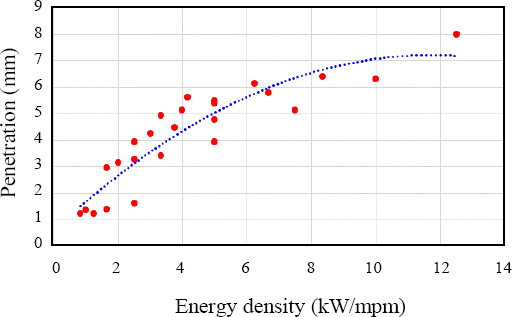
 PDF Links
PDF Links PubReader
PubReader ePub Link
ePub Link Full text via DOI
Full text via DOI Download Citation
Download Citation Print
Print



